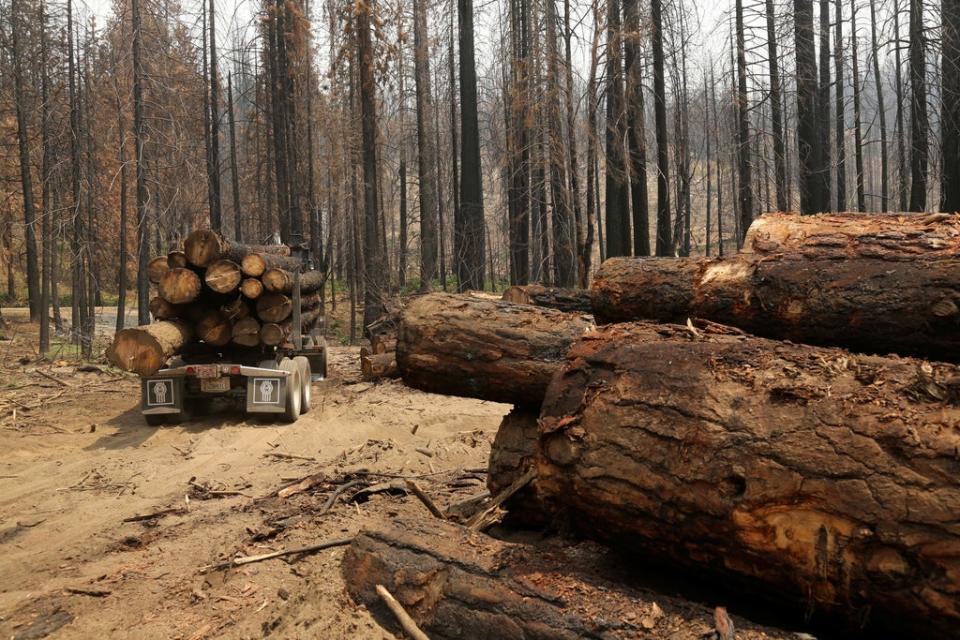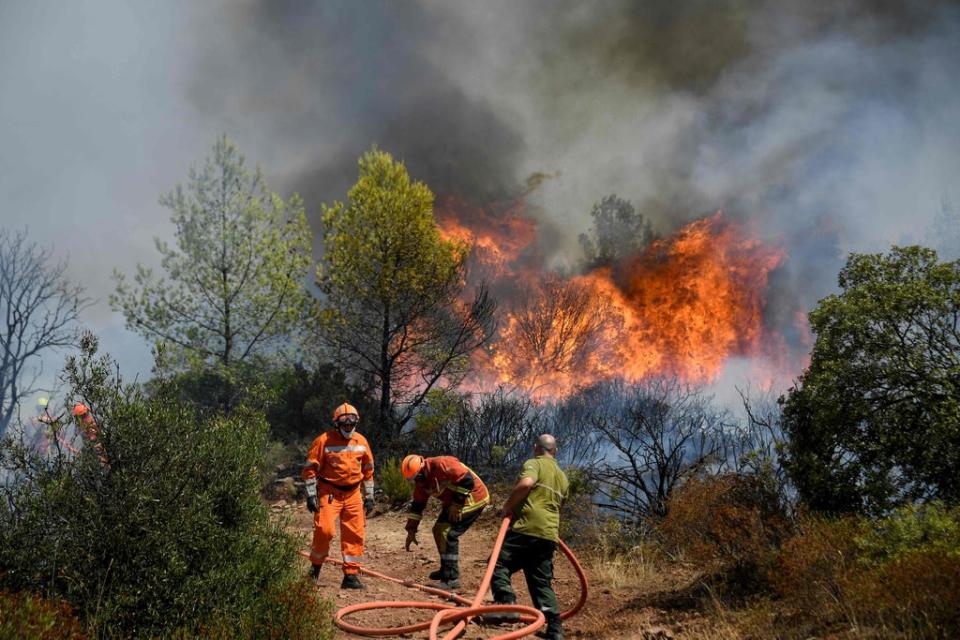Ten Unesco-listed forests are emitting carbon due to wildfires and deforestation

Some of the world’s most protected forests are emitting more carbon than they absorb, driven by human activity such as logging and wildfires, a new report shows.
At least 10 sites have been net carbon emitters over the last two decades, including Australia’s Greater Blue Mountains and Yosemite National Park in the United States.
Researchers are alarmed that these areas are contributing to climate change.
“That even some of the most iconic and best protected forests such as those found in World Heritage sites can actually contribute to climate change is alarming,” said co-author Dr Tales Carvalho Resende.
“It brings to light evidence of the severity of this climate emergency,” the UNESCO project officer added.
Forests work as carbon sinks where trees and other plants take in carbon dioxide and release oxygen.
This is considered vital for curbing climate change, removing greenhouse gases from the air.
All 257 forests together act as a net carbon sink, according to the research which analysed a period from 2001 to 2020.
But experts were gravely concerned to discover this is still hindered by human activities like logging and intense climate-related events such as wildfires.

Researchers wanted to understand what is putting forests at risk, including logging, agricultural incursions, droughts and shifting temperatures.
“I would expect all of them to be removing carbon for the atmosphere and not to be sources of carbon,” said Carlos Sanquetta, professor of forestry engineering at the Federal University of Parana in Brazil.
“Instead of playing a role in carbon sequestration they are a playing a role in carbon emissions.”
Forests found to be net carbon emitters were also located in Sumatra in Indonesia among other countries.
Satellite data helped reveal that the heritage sites saw an overall net absorption of 190 million tons of CO2 annually over the 20-year period.
Over the centuries, the forests have stored some 13 billion tons of carbon, equivalent to Kuwait’s proven oil reserves, the report said.
The findings drew on data published by the journal Nature Climate Change in January, which mapped greenhouse gas emissions and absorption by forests globally.
Though the report produced important findings, researchers say it could have gone into greater depth.
While just 10 of the Unesco-protected forests were found to have been carbon emitters, the research found other sites also showing clear upward trajectories in emissions.
“This is one more clear sign that even forests we traditionally assumed to be safe are now under increasing threat,” said David Kaimowitz, one of the forest directors at the UN’s Food and Agriculture Organization.
The report did not place enough emphasis on supporting indigenous and local communities as well as activists who oppose forest destruction than is laid out in the report, he said.
He also questioned whether the report was representative of all forests.
“Readers should not assume that the specific numbers presented here apply to forests everywhere,” he added.
Researchers of the World Resources Institute (WRI) and the International Union for Conservation of Nature (IUCN) participated in the study.
Read More
Youthquake! Gen Zero is on a mission to save the planet
Australia rejects target to cut methane emissions by 30% by 2030
Cop26: British soaps and dramas join forces for climate change

 Yahoo Sport
Yahoo Sport 





































